According to research conducted a few years ago by Dove Men+Care, 90% of men around the world view their caring side as a representation of their strength, while 86% say understandings of masculinity have evolved since their fathers’ generation. But just 7% said they relate to how the media portrays masculinity. We’re overdue for a change.
Motivated by their findings, Dove Men+Care went on to release their well-known #RealStrength Super Bowl ad, featuring kids calling out for their dads, who, in turn, helped out with swimming lessons, potty training, hair-brushing, and all the milestones that come with growing up and getting older.
Around that time, the term “dadvertising” emerged, celebrating a new era in how fathers are depicted on-screen (and in print). On Father’s Day—and every other day of the year—photography that portrays the real-life struggles and triumphs of being a parent resonate more powerfully than the advertising cliches of yesteryear. Use this as your invitation to shine a spotlight on the experiences of fathers and father figures in your community.
Representation and inclusion
A few years ago, The LGBTQ Family Building Survey by the non-profit Family Equality Council found that 77% of LGBTQ millennials are parents already or are considering becoming parents, representing a significant increase from previous generations. What’s more, the percentage of LGBTQ millennials who are actively planning to grow their families (48%) was very close to the percentage seen in non-LGBTQ millennials (55%), noticeably narrowing a historical gap.
Advertising has yet to catch up with the real world when it comes to representing dads, so remember to champion inclusivity throughout your portfolio. Include dads from across a spectrum of identities, sexual orientations, genders, and experiences. Plus, maybe you can think of ways to highlight step-dads, foster dads and foster families, or single dads (between 1960 and 2011, the percentage of households with minor children that were run by single dads rose from 1% to 8%).
In 2019, for example, Budweiser celebrated step-dads in a short film created for Father’s Day, following grown children asking their stepfathers to legally adopt them. Consider, too, people who might have grown up without a “traditional” father; for Father’s Day a few years ago, Gillette teamed up with the soccer player, broadcaster, and dad Ian Wright to celebrate the role models who shaped him, while encouraging us to thank all the role models in our lives, no matter who they are, for the holiday. You can start by photographing the people in your life.
Dads as caregivers
For too long, the “clueless dad” character has appeared throughout the world of product advertising. In fact, at one point, the “babbling buffoon” stereotype got so bad that it was covered by The New York Times. A few years ago, one study revealed that less than 20% of millennial parents in the US agreed that ads accurately depict fathers and their children, while another suggested that just 25% of dads agreed that ads showed them tackling their fair share of domestic work.
But at the same time, we’ve also seen brands change course and represent dads as the competent, caring parents they are. For inspiration, consider BBDO India’s Dads #ShareTheLoad campaign, created for the laundry detergent brand Ariel Matic; the hugely successful and widely viewed spot followed a dad as he stepped in to help his daughter and wife with the household chores.
Look for those slice-of-life moments that capture the bond between dads and their kids, from diaper changing to after-school tutoring—or highlight quality time spent together. “From peek-a-boo to making crafts, building blocks, and playing sports to riding bikes and doing yoga, show fathers playing with their kids,” the 500px team urges. “Also, capture dads passing down values to their kids, teaching patience, and encouraging them to express their emotions. Highlight dads teaching their children to share their toys and be kind to others, or showcase the value of sustainability through the teaching of recycling habits or gardening.”
Consider the stay-at-home dad experience, too, from getting dressed for school to helping with homework to prepping meals and getting ready for bed. In 2016, according to the Pew Research Center, dads accounted for 17% of stay-at-home parents in the US; in 1989, that number had been just 10%. While 3% of Gen X dads had stayed home with their kids, that number rose to 6% among millennials.
What’s more, while 4% of stay-at-home dads in 1989 said the main reason was specifically to care for their families, 24% said the same in 2016. Plus, the number of hours fathers spent on childcare per week tripled between 1965 and 2016. The pandemic also shifted time spent at home; according to a different study, 45% of fathers in the US spent more time on childcare in 2020 than they did before the pandemic.
Finally, consider how fathers find support in their communities or practice self-care. Last year, a survey from the American Psychological Association (APA) revealed that 82% of fathers said they needed more emotional support than they received since the start of the pandemic. Whether it’s through therapy, support groups, or get-togethers with friends, these are all ideas you can incorporate into a photo session.
Some brands are already getting it right. Last year, for instance, Dove Men+Care released a mental health initiative as part of their Father’s Day campaign, sharing resources where dads could learn more about everything from paternity leave to meditation and mindfulness.
By failing to represent the diversity and lived experience of fathers in the 21st century, brands risk alienating their customers. A decade ago, you might remember a Huggies ad that sparked controversy: the “Dad Test” campaign, as it was called, showed fathers attempting to change their babies, the punchline being that the diapers were so easy to use that even an (incompetent) dad could do it. After more than a thousand dads signed a petition, the brand actually listened to their feedback—and they changed course. Huggies quickly released a different version of the ad—this time featuring confident dads in their element.
Bonus shot list
The 500px team put together this shot list to help you capture photographs that celebrate parenting and fatherhood in all its forms, now and year-round. Incorporate these ideas to elevate your Licensing portfolio and stand out to buyers.
-Show the nurturing side of fatherhood by capturing moments of care and support, such as consoling crying kids, bandaging a scratch, or taking care of kids when they are sick.
-Photograph new fathers bonding with their newborns.
-Capture fathers giving hugs and kisses to their children when sending them off to school or before bedtime.
-Document blended families bonding during movie nights or outdoor physical activities.
-Photograph LGBTQ+ families spending quality time together on a staycation or exploring their city.
-Capture stay-at-home dads meal prepping, completing household chores, and organizing home schedules.
-Highlight fathers helping their kids with school projects and homework.
-Show fathers taking a lead in teaching mindfulness, practicing yoga, or participating in other wellness activities with their children.
-Highlight dads teaching children life lessons like sharing, being kind to others, and adopting environmentally sustainable habits.
“If you enjoyed this shot list, consider participating in our Monthly Shot Lists, where you could win $300.00 US,” the 500px team shares. “The Monthly Shot List is the 500px guide to what content buyers are searching for each month. We’ll take a deep dive into top searches, what’s selling, and the core essentials to help boost your chances at making more sales. Look out for the Monthly Shot List in our Licensing Contributor Newsletter. Opt in by selecting the ‘Licensing News’ toggle in your 500px profile’s email notification settings.”
Want more tips? Check out our article Visualizing positive masculinity in commercial photography.
Not on 500px yet? Click here to learn about Licensing with 500px.


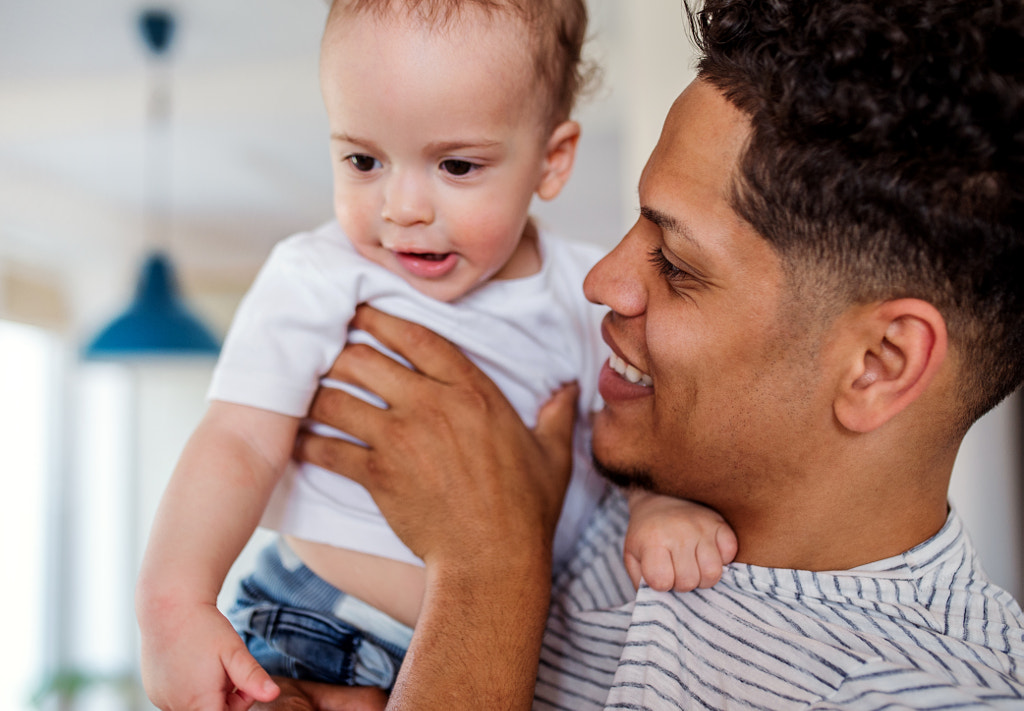
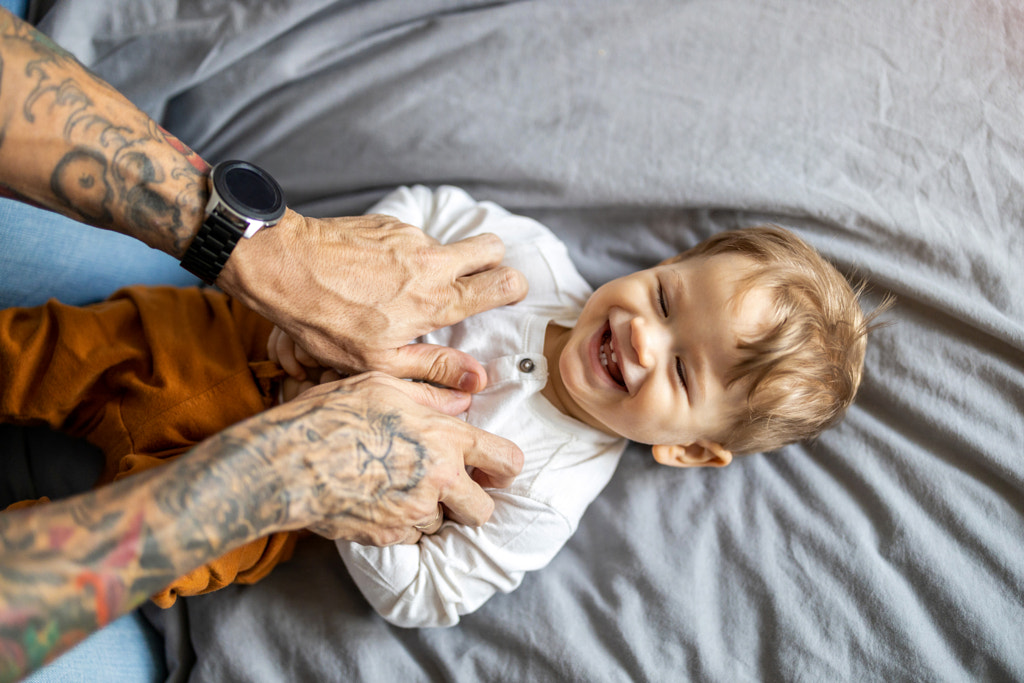


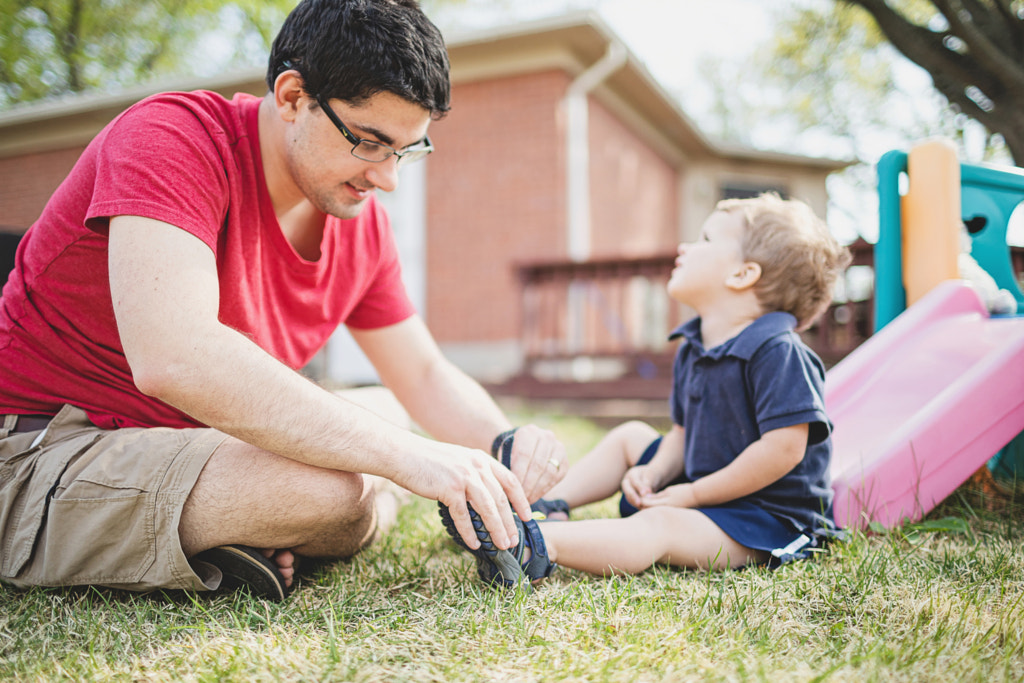
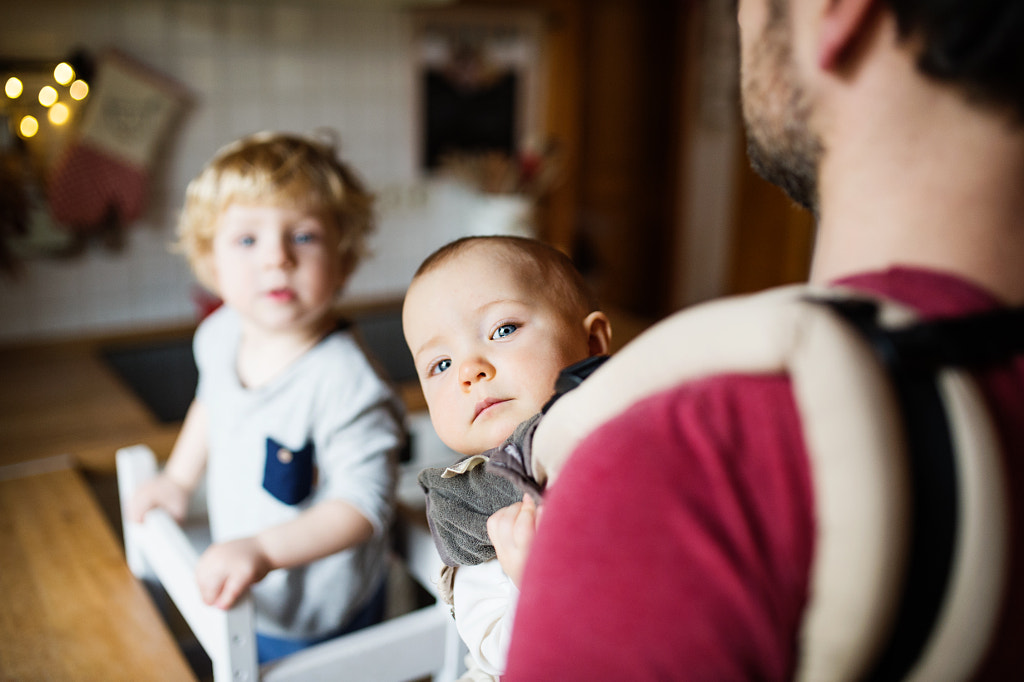

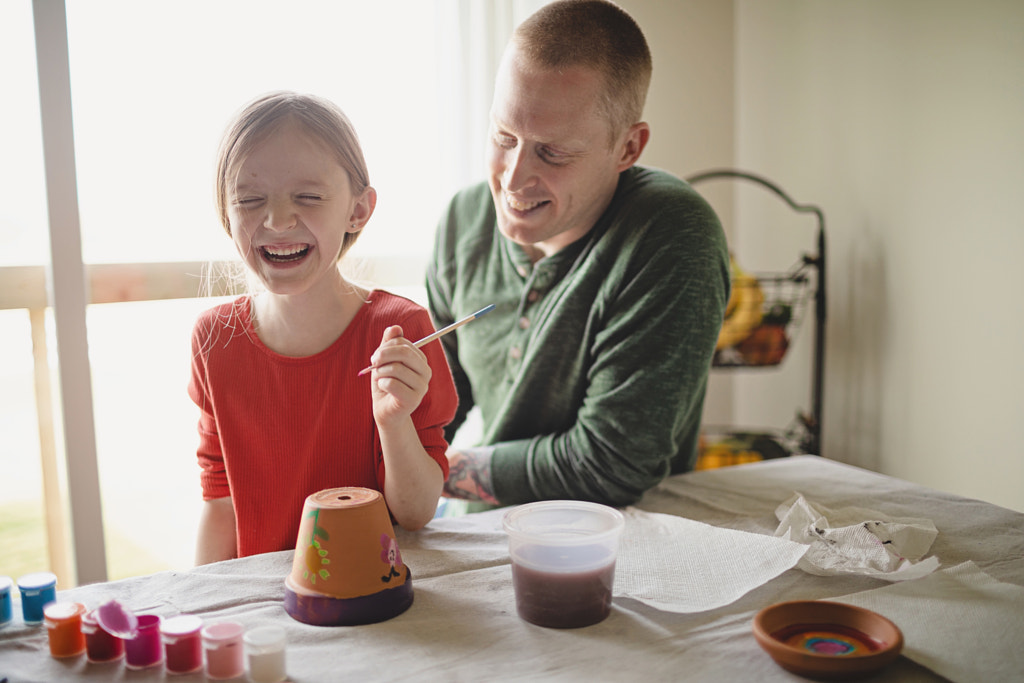
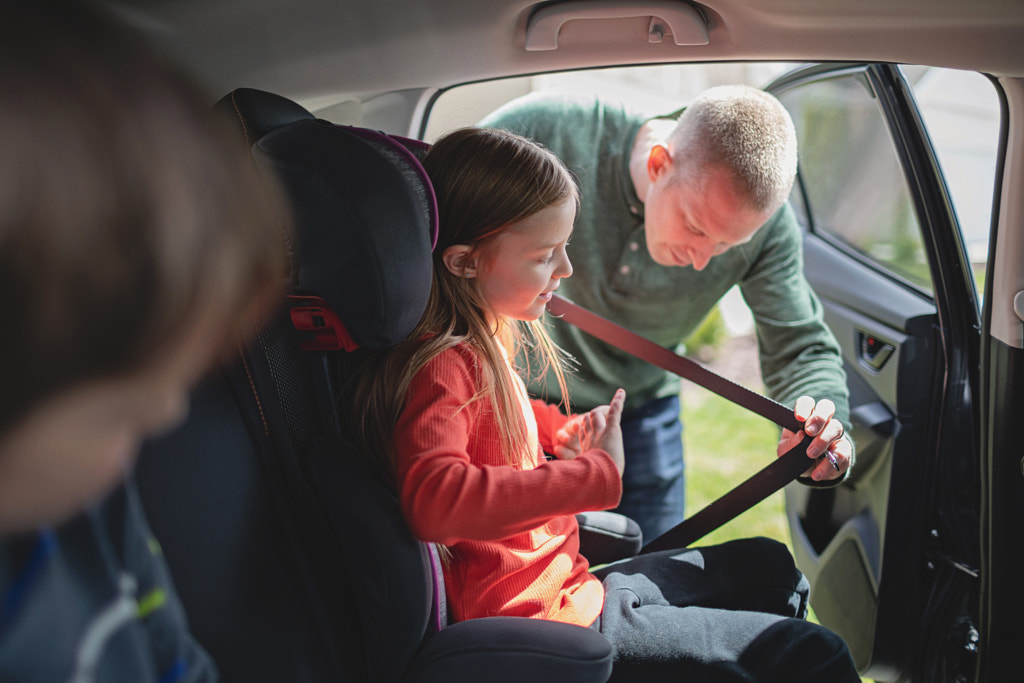

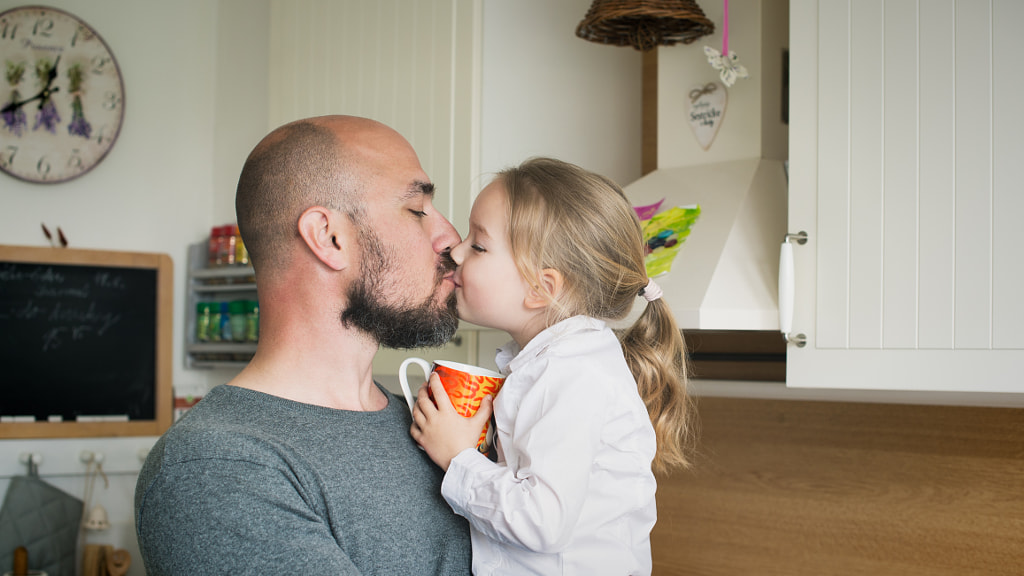
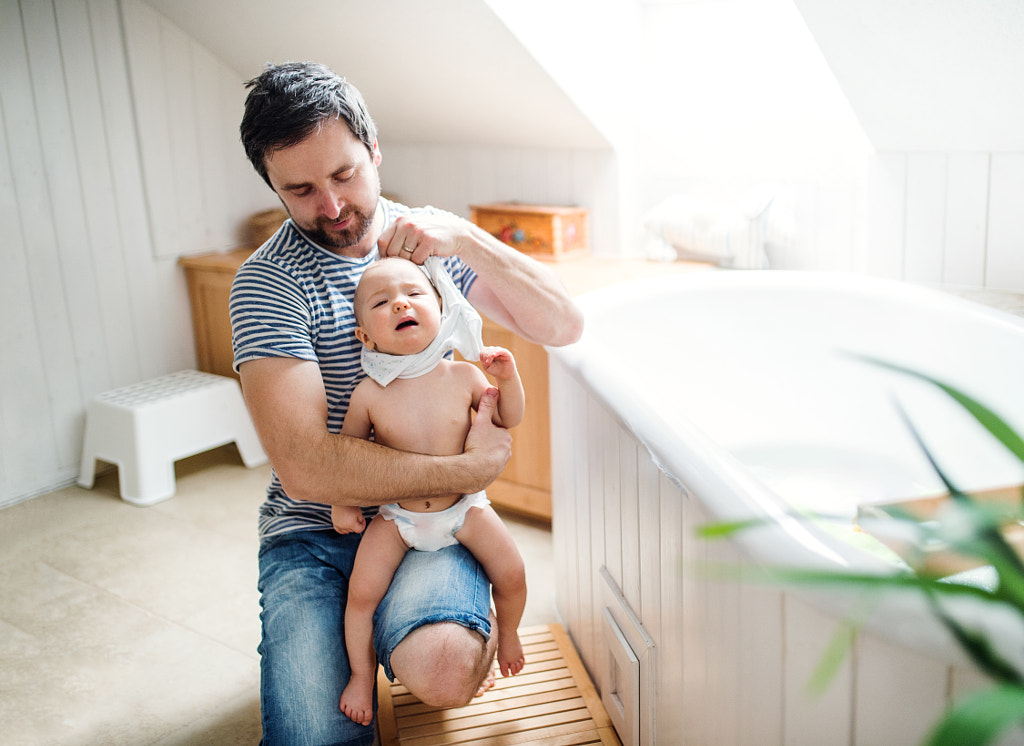

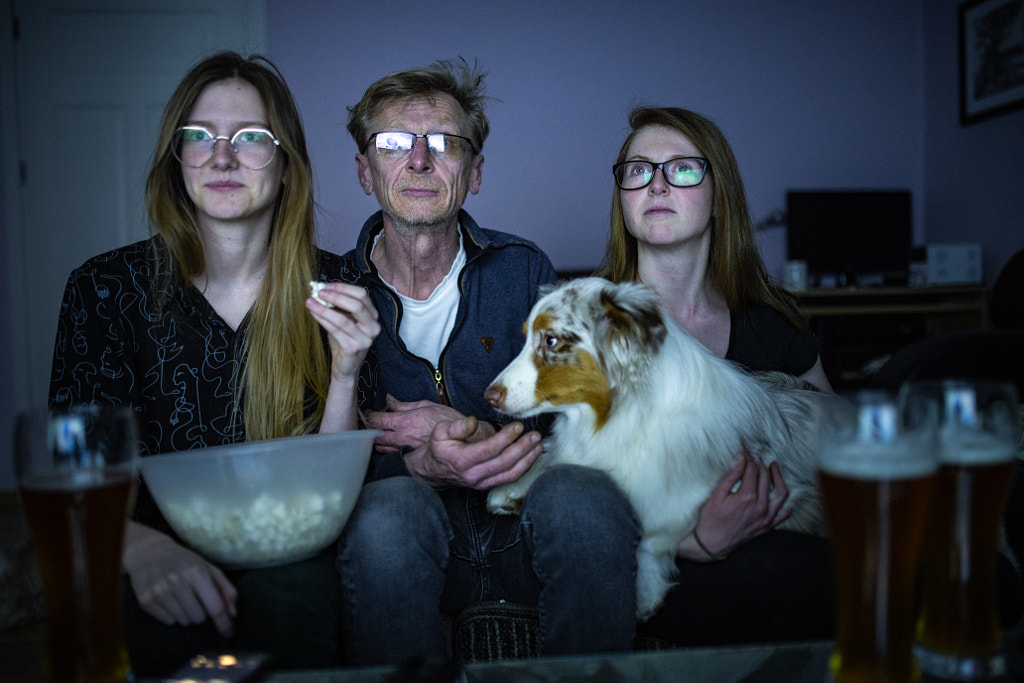
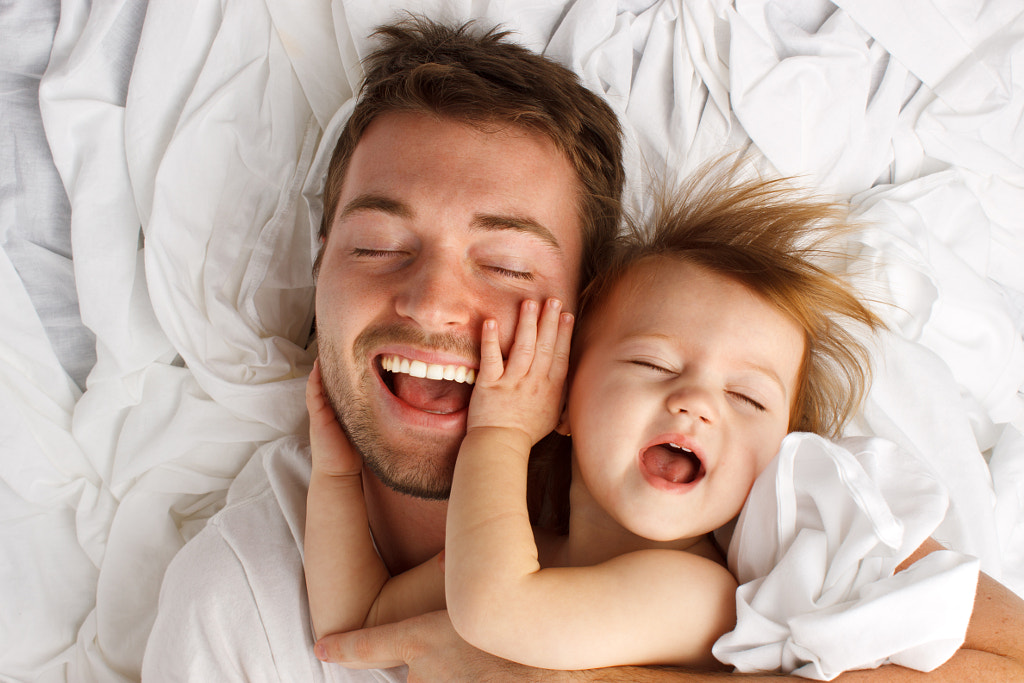
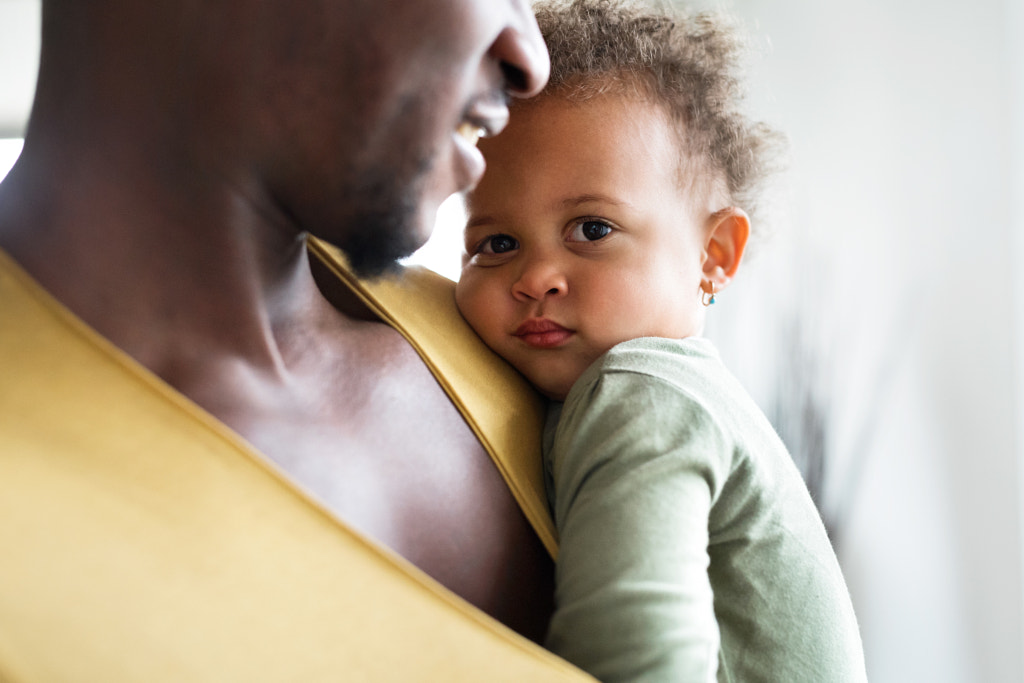

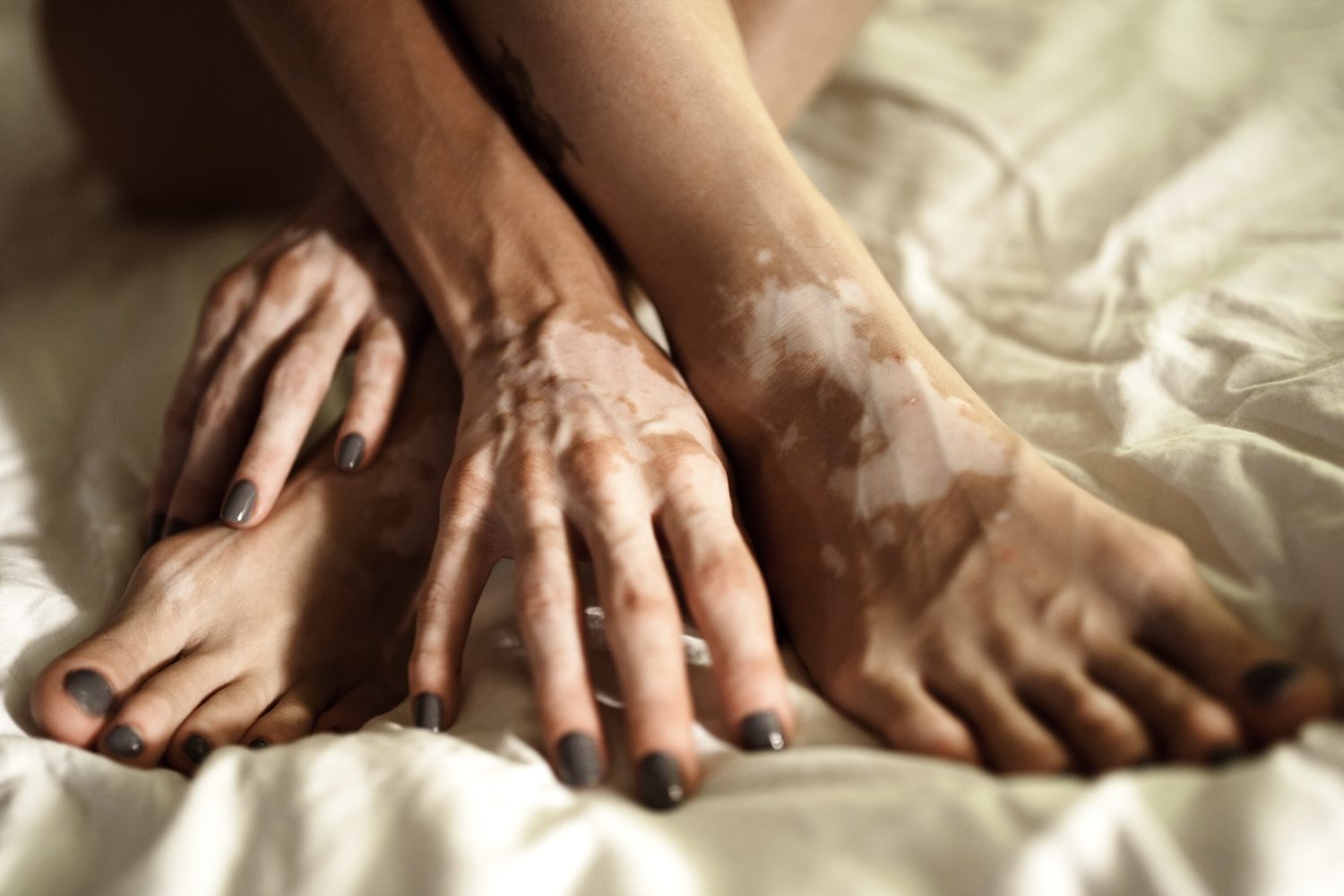
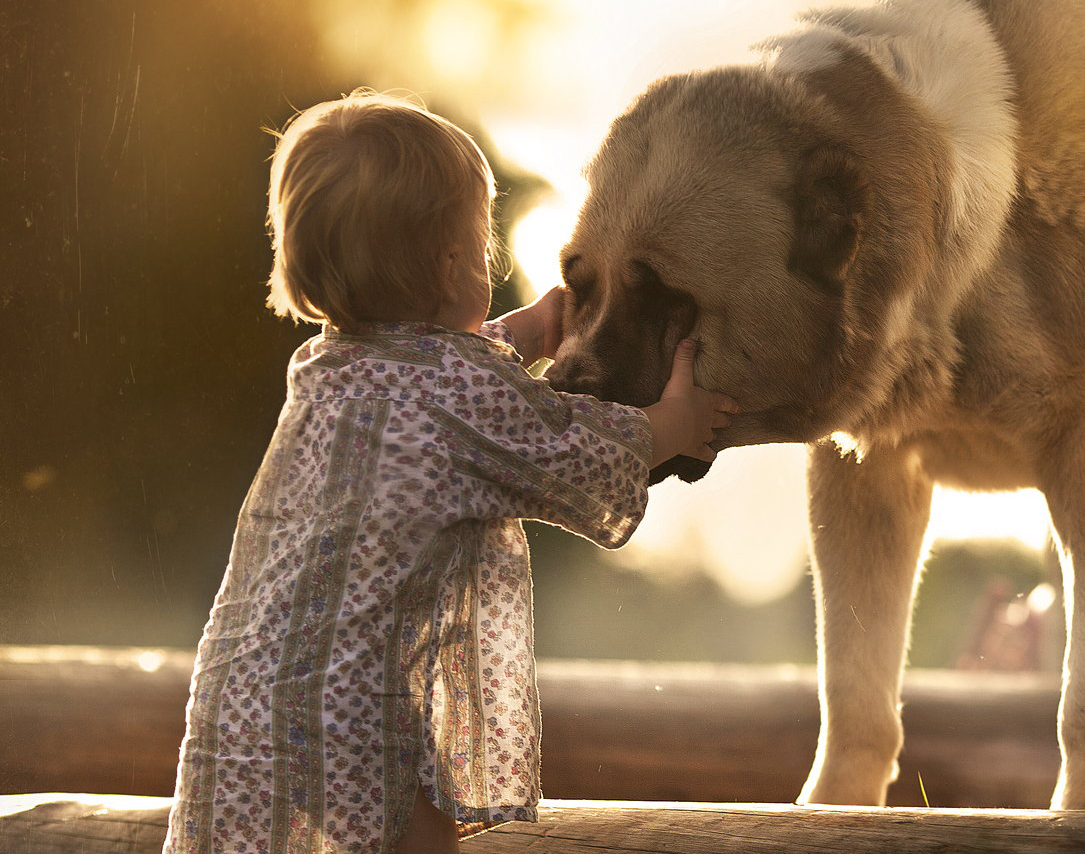
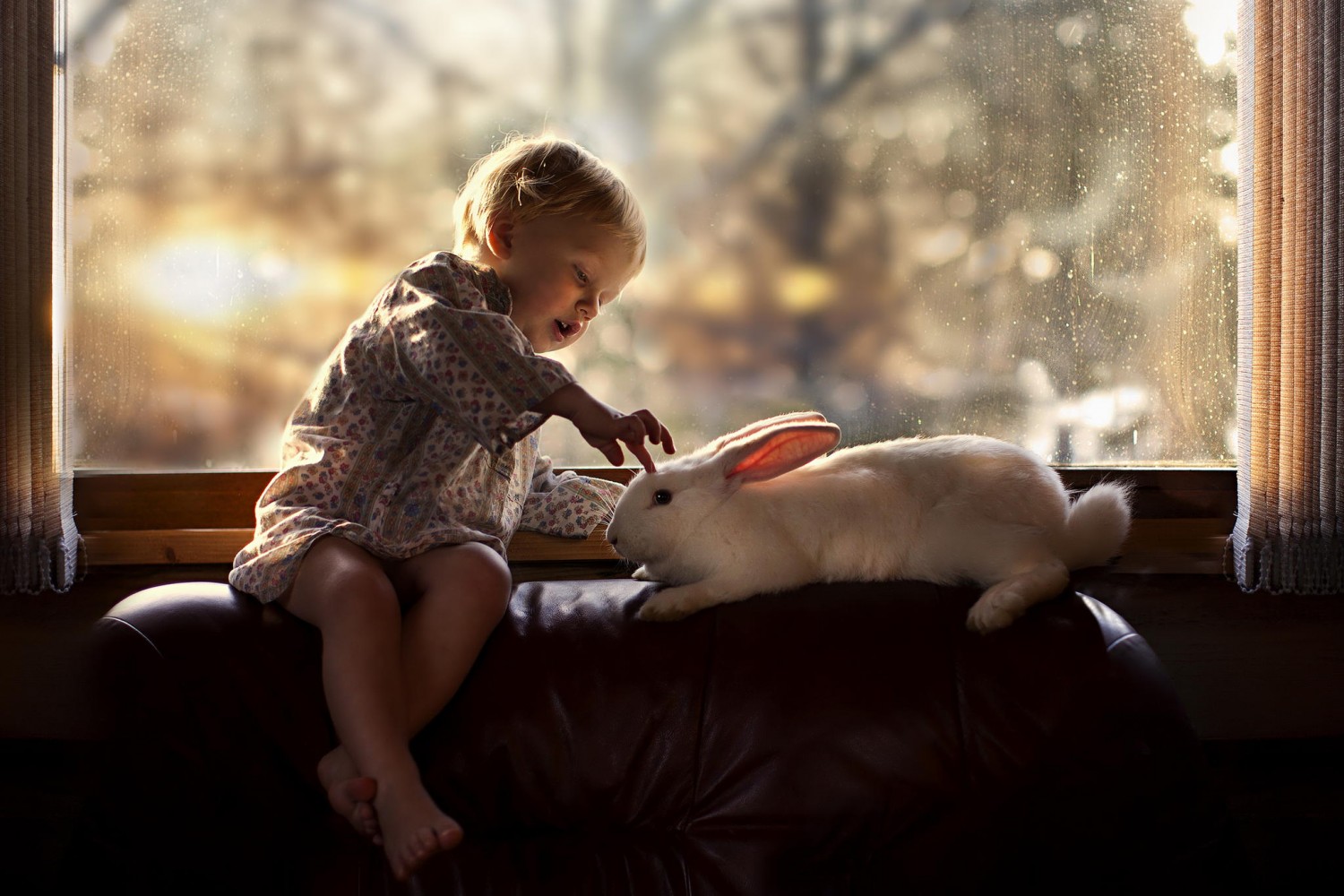

Leave a reply